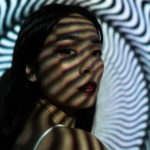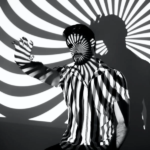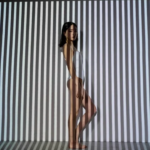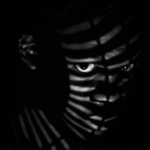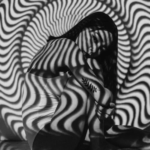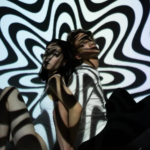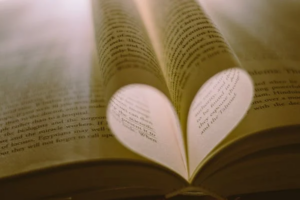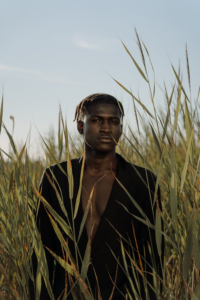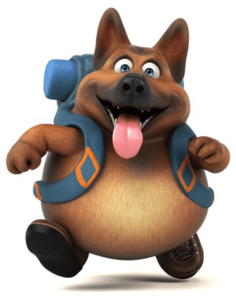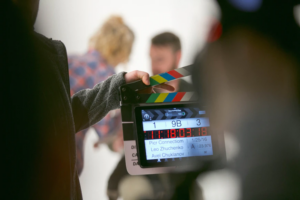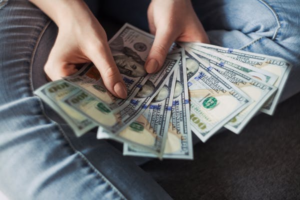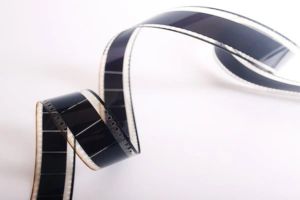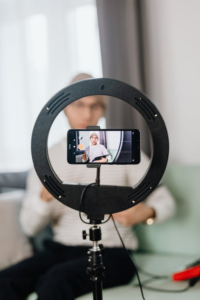Cucoloris is a prominent yet tricky lighting device/technique used in film, theater, and still photography. Through this article, we will try to shed more light on cucoloris.

What is Cucoloris?
A cucoloris (also written cuculoris, kookaloris, cookaloris, or cucalorus) is a device for casting shadows or silhouettes to provide patterned illumination in film, theatre, and still photography. It’s often known as a cookie, but it’s also known as a kook or a coo-Koo. The cucoloris breaks up the light from an artificial source, giving it a more natural appearance. It can create the illusion of movement by casting shadows or shining light through a leafy canopy.

Etymology
The derivation of colors is a mystery, with several possible origins. According to Grant Barett, the term could be an eponym of George Cukor, co-host of the radio show “A Way with Words.” Furthermore, according to “Directing and Producing Television,” the name comes from the Greek word ‘kukaloris,’ light shattering, and ‘loris,’ possibly connected with ‘Luo,’ I break. Another suggestion is that the name “Kokolores” comes from the German word “Kokolores,” which can mean anything from “nonsense” to “junk” or “oddments.”
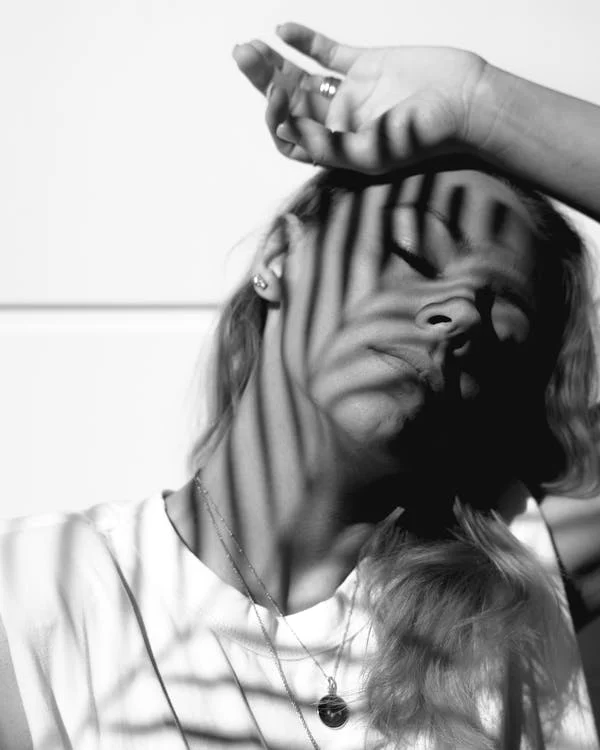
Why is Cucoloris Used?
The colors were designed to make artificial lighting appear more natural. Cookies scatter light from a light source, resulting in a variety of patterns. They’re employed to indicate the presence of objects like trees or Venetian blinds in film, theatre, and still photography — think Film Noir — or to add drama to an otherwise flat lighting setup. Colors can also be used to create the illusion of moving shadows or light traveling through the area.
Types of Cucoloris/Cookies
Hard Cookies
Cookies made of rigid poster board or thin plywood are known as hard cookies. The appropriate shapes are sliced into this stiff, opaque material to create shadows with more defined edges.
Soft Cookies
Soft cookies are formed from plastic screens sliced or burned off to create the necessary shapes. As the material is more translucent, the shadows are softer and less defined.
Brancholorises
Brancholorises, also known as dingles, are genuine items, such as tree limbs, positioned between the light and the subject in the frame to get the required shadow effect.
Cucoloris vs. Gobo
Cucolorises are considered a subset of the gobo category by some. A gobo, shortened form of “go before optics,” is a stencil or template that controls the light’s shape. It is placed inside or in front of a light source. While cucolorises are used to shape and direct light, they are employed further away from the light source than a typical gobo.
As they are continually near hot light sources, gobos must be highly heat resistant. On the other hand, cucolorises do not need to be very heat resistant because they are placed between the light source and the subject rather than near it.
Furthermore, when you use cuculorises instead of a gobo, you usually obtain a much softer edge. This is because cuculorises are utilized to break up the light in a more natural way. Therefore, they tend to develop rounded edges.
History and Origin
The cinematographer George J. Folsey and his crew are responsible for the cucoloris’ emergence. Folsey sought a means to differentiate an actor’s skin tone from his white shirt, according to the American Society of Cinematographers. He held a stepladder in front of the key light, which casted a shadow over the actor. They found that the shadows were softer and less defined when the ladder was held closer to the light. The grip, however, was getting tired of having the ladder, so he carved a grill with the same pattern out of a sheet of light wood.
Folsey was in another scene with an actress sleeping on a bed swathed in white sheets later while seeing Hal Rosson. Rosson used Folsey’s wooden grill to produce some shadows throughout the shot. Again, it added a lot of drama to the scene.
“Where’s that kookaloris thing?” Rosson said of Folsey after another shoot. It was a hit with Rosson as they used it throughout the film.
Control of Light Through Cucoloris
Light can be routed through the board’s cut for the shadows it forms to suit your demands. If you cast light onto the cucoloris from afar, the shadows will have a sharper edge. Because the light becomes smaller in comparison to the cucoloris, it becomes a harsh light source. Moving the light closer to the cucoloris increases the size of the light source with the board, resulting in softer light on the subject and softer edges to the shadows formed there. Moving the cucoloris closer or further away from the topic tends to make the shadows on the subject smaller or larger.
Patterns on a Cucoloris
Any pattern that you, as the photographer, deem appropriate for the subject can be used. This lighting setup is intended to generate shadow textures. If you have a specific pattern in mind, you can have one made to your specifications.
Many individuals believe that the cucoloris is used to create a random pattern. However, a gobo is more commonly used to produce a fixed way or specified shapes.
How to Make Cucoloris?
While you can buy cucoloris made of metal or wood on the internet, it’s not difficult to construct your own. You could definitely make one right now if you wanted to. Only cardboard, a ruler, a pencil, and an Exacto-blade are required.
On the cardboard, first, create the pattern you wish. As you would with a stencil, make sure to link specific crucial points in your way. After that, all you have to do is cut out your design. To inspect your pattern, hold it up to a light source and adjust it until you are satisfied.
You now have a better understanding of what a cucoloris is. There are several high-quality prefabricated versions available, but you can also make your own. Experiment with a few different cucoloris to find the one that works best for your filming scenario.
Gallery
Conclusion
Softboxes are the way to go if you require continuous soft, even light, and beauty dishes are lovely if you want to add a bit of extra dimension to your photographs. Using a modifier such as a gobo or cucoloris to change the light by introducing shadows or influencing how the light falls on the subject is a great way to do it
